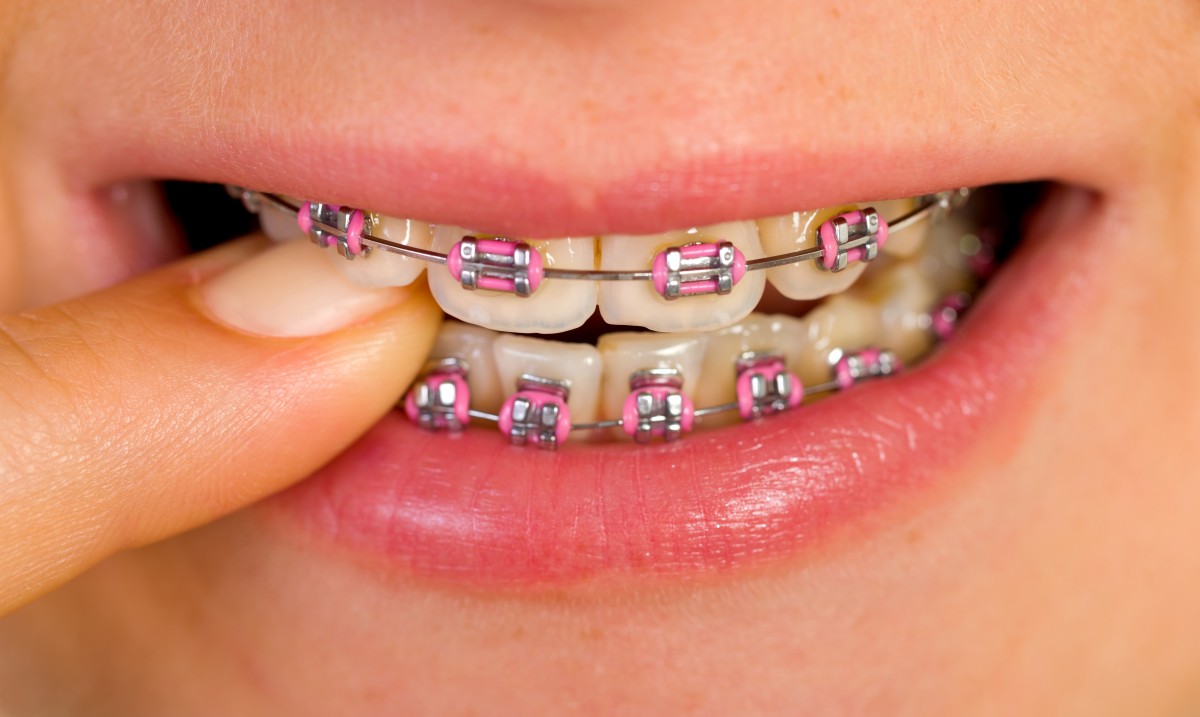
Significant changes have occurred in the practice of orthodontics during the last 20 years. A survey was mailed to a stratified random sample of general dentists to determine the amount and nature of orthodontic treatment provided by general practitioners to their patients. The response to the survey was 75%, a rate considered excellent for this type of mailing. A large majority of the responding dentists (76.3%) provide orthodontic services to their patients, with 19.3% providing comprehensive orthodontic treatment. A substantial percentage of general practitioners appear to provide some type of orthodontic service. Researchers conducted a survey of 10,607 general dentists in the United States. The results were published in the first issue of the GP Ortho News and indicated that two thirds of the respondents were providing some type of orthodontic care.
Enrollment in our orthodontic continuing education program at Gerety Orthodontic Seminars will provide you the information and documentation you need to learn orthodontic diagnosis, treatment planning, treatment sequencing and case finishing. The most important material you will learn is the orthodontic case selection criteria to direct you to the cases that you will be able to successfully treat as you begin your orthodontic studies. Adding orthodontics to your general practice will also add exciting and new elements for your patients.
There are many types of fixed appliances but the most common used appliance is the Straight Wire technique. The standard straight-wire appliance is designed to move teeth to their desired location in the arch form. This is accomplished by using straight wire brackets in conjunction with a series of preformed archwires. Straight wire brackets have the ideal tip, torque, angulation and in/out position built into each individual bracket for each tooth. Once the bands and brackets are cemented and bonded in their ideal position, the doctor simply flexes the first archwire to fit into the bracket slots and ligates it into place. As the archwire attempts to return to its original shape, it will exert a corresponding force on the individual teeth until the wire lies passive within the brackets. The archwires are then progressively changed until a normal occlusion is achieved. Since the ideal tooth position is built into the brackets, once they are placed correctly, less chair time is required as treatment progresses.
Removable functional appliances are a group of appliances that are generally used to promote growth of the lower jaw (mandible) in patients with class II malocclusion. Functional appliances may be broadly classified as rigid, flexible and semi-rigid appliances. The major difference between functional appliances and fixed appliances is that the mandible is forcefully postured in an anterior position with the functional appliance. This is possible due to the inter-arch anchorage using the maxillary denture base as the anchor unit. One of the primary drawbacks of orthodontic treatment using removable appliances is that it requires complete patient compliance to be successful.
Clear aligners, also known as clear-aligner treatment, are orthodontic devices that are a transparent, plastic form of dental braces used to adjust teeth. They are sold under at least three brand names, including ClearCorrect, Invisalign, and Orthoclear.
A 2014 systematic review concluded that there is insufficient evidence to determine the effectiveness of these therapies. Opinion is that they are effective for moderate crowding of the front teeth, but are less effective than conventional braces for several other issues and are not recommended for children. In particular they are indicated for "mild to moderate crowding (1–6 mm) and mild to moderate spacing (1–6 mm)", in cases where there are no discrepancies of the upper and lower jaws. They are also indicated for patients who have experienced a relapse after fixed orthodontic treatment.
Clear-aligner treatment involves an orthodontist or general dentist, taking a mold of the patient's teeth, which is used to create a digital tooth scan. The computerized model suggests stages between the current and desired teeth positions, and aligners are created for each stage. Each aligner is worn for a recommended number of hours a day for two weeks. These orthodontic aligners slowly move the teeth into the corrected position. The average treatment time is 13.5 months.
